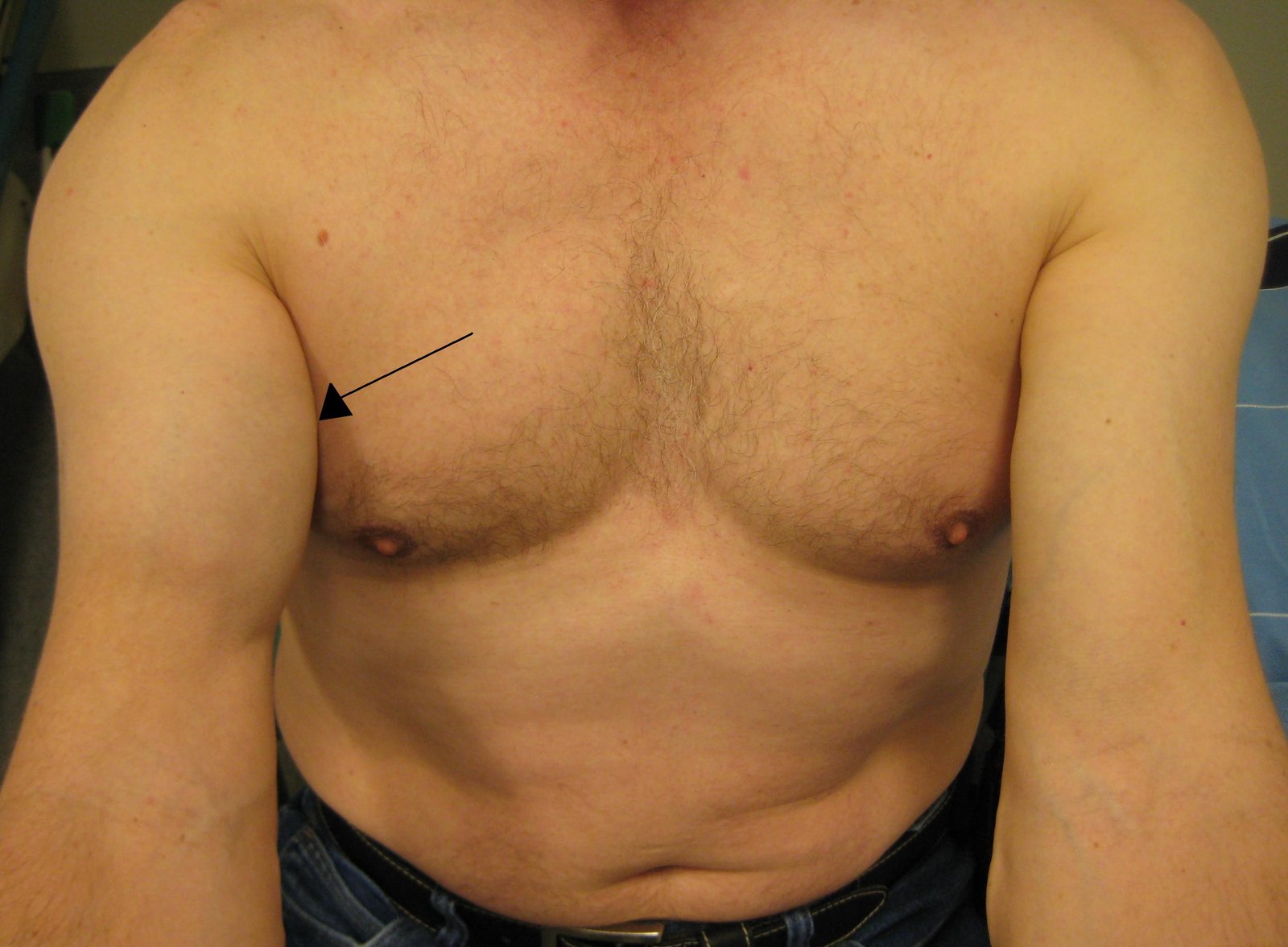How much power do the biggest cities use
- HEALTH
- February 26, 2015
Physical Therapist’s Guide to Biceps Tendinitis Biceps tendinitis is a common cause of shoulder pain, often developing in people who perform repetitive, overhead movements. Biceps tendinitis develops over time, with pain located at the front of the shoulder, and usually worsens with continued activity. When treating biceps tendinitis, physical therapists work to determine the exact
READ MOREPhysical Therapist’s Guide to Benign Paroxysmal Positional Vertigo (BPPV) Every year, millions of people in the United States develop vertigo, a sensation that you or your surroundings are spinning.The sensation can be very disturbing and may increase the risk of falling. If you’ve been diagnosed with benign paroxysmal positional vertigo (BPPV), you’re not alone—at least
READ MOREPhysical Therapist’s Guide to Benign Hypermobility Joint Syndrome Benign hypermobility joint syndrome (BHJS) is a hereditary disorder of the connective tissues (ligaments) that results in joints becoming loose throughout the body (hypermobility). Although some degree of hypermobility in children is normal, individuals with BHJS may have persistent laxity (loose ligaments), resulting in long-term problems, such
READ MOREPhysical Therapist’s Guide to Below-Knee Amputation Lower-limb amputation is a surgical procedure performed to remove a limb that has been damaged due to trauma or disease. Below-knee or “trans-tibial” amputation comprises 23% of lower-limb amputations. Amputation is possible in any age group, but the prevalence is highest among people aged 65 years and older. What
READ MORE



Maecenas mauris elementum, est morbi interdum cursus at elite imperdiet libero. Proin odios dapibus integer an nulla augue pharetra cursus.
READ MORE





Maecenas mauris elementum, est morbi interdum cursus at elite imperdiet libero. Proin odios dapibus integer an nulla augue pharetra cursus.
READ MOREMaecenas mauris elementum, est morbi interdum cursus at elite imperdiet libero. Proin odios dapibus integer an nulla augue pharetra cursus.
READ MORE



